
Peoples and Languages
Social Media
Leave comments, suggestions, keep an eye on news in our groups on VK, Odnoklassniki and Telegram channel
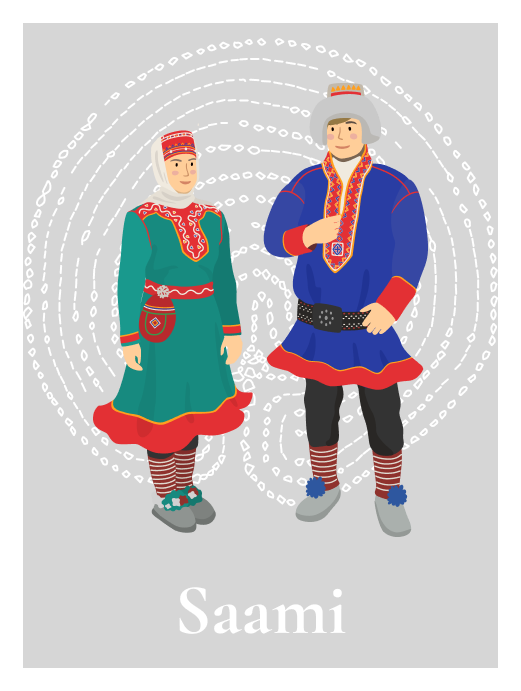
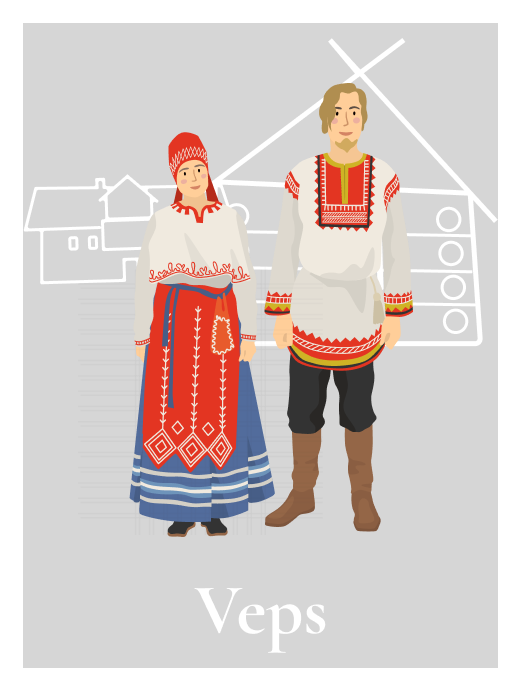
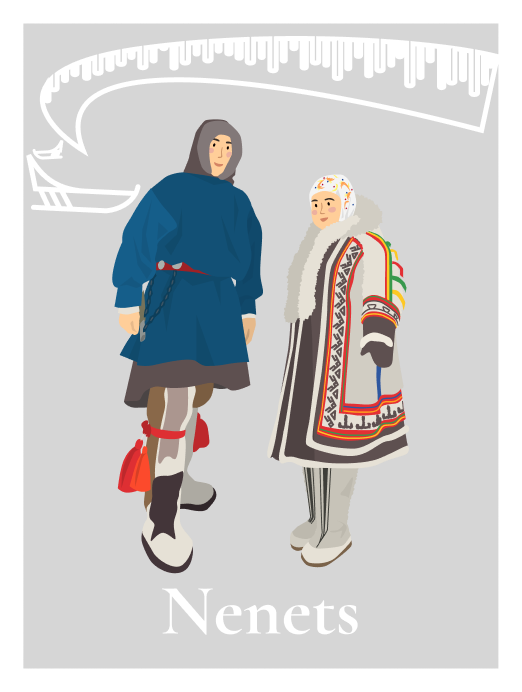
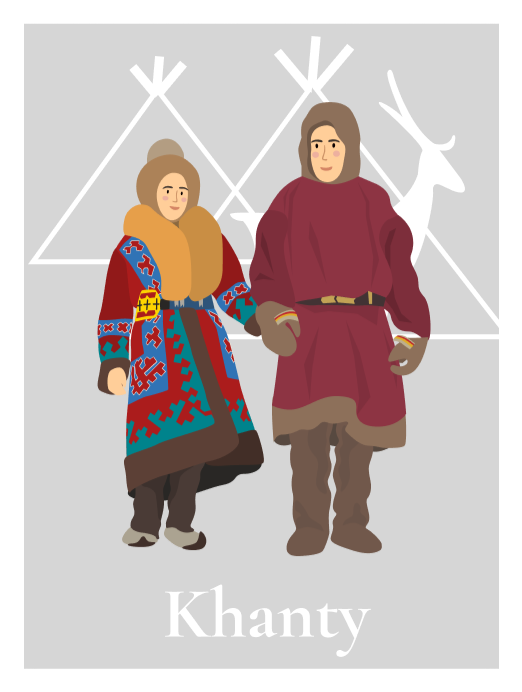
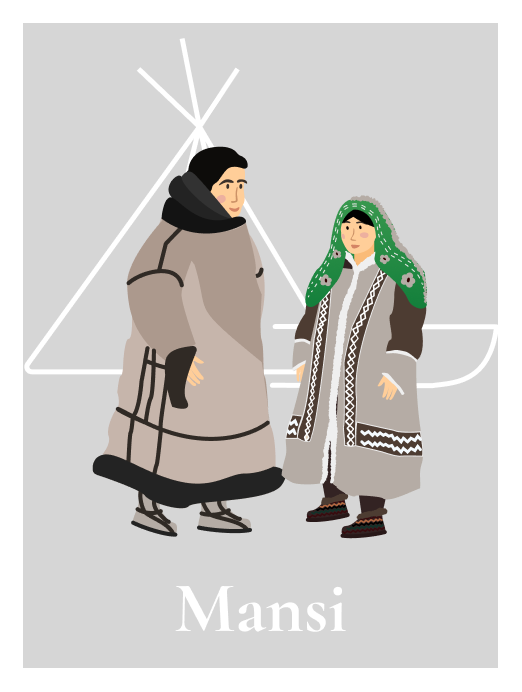
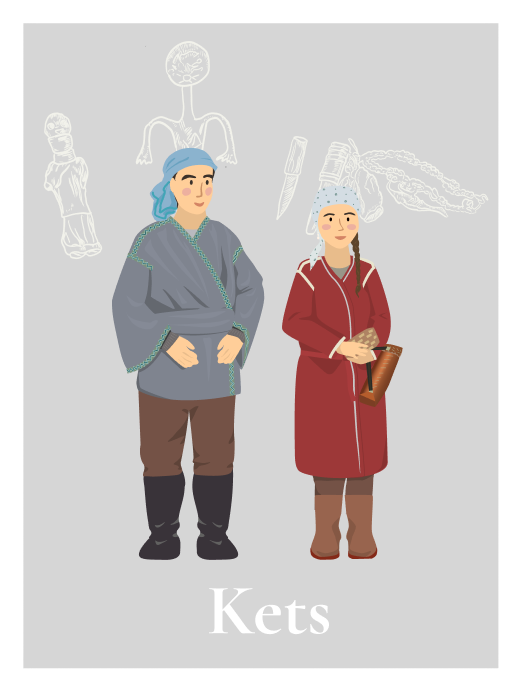
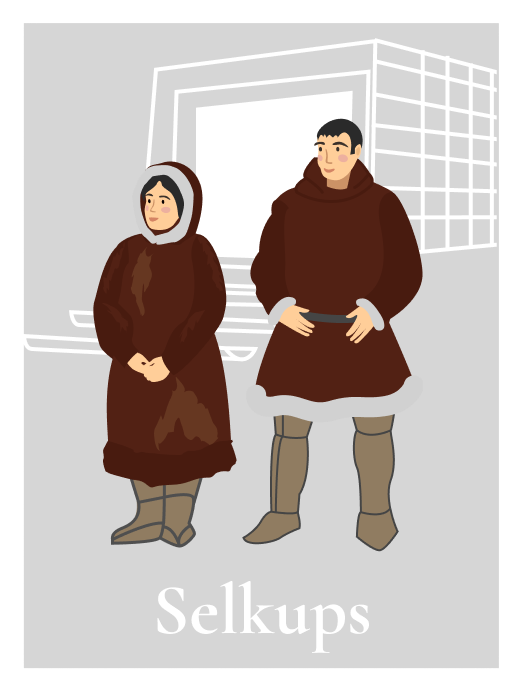
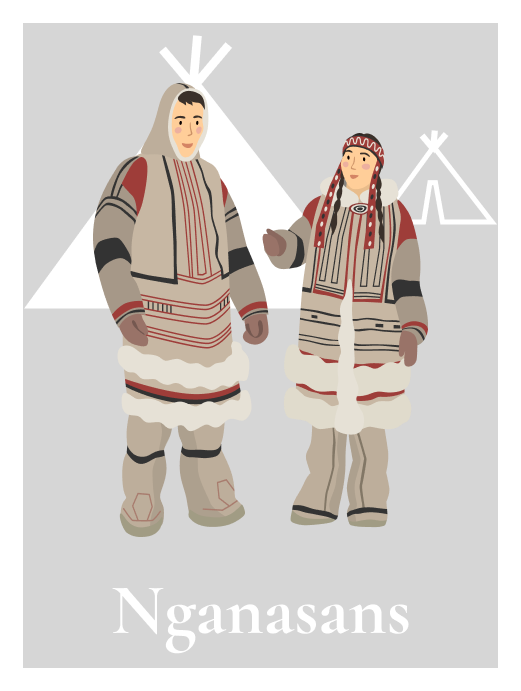
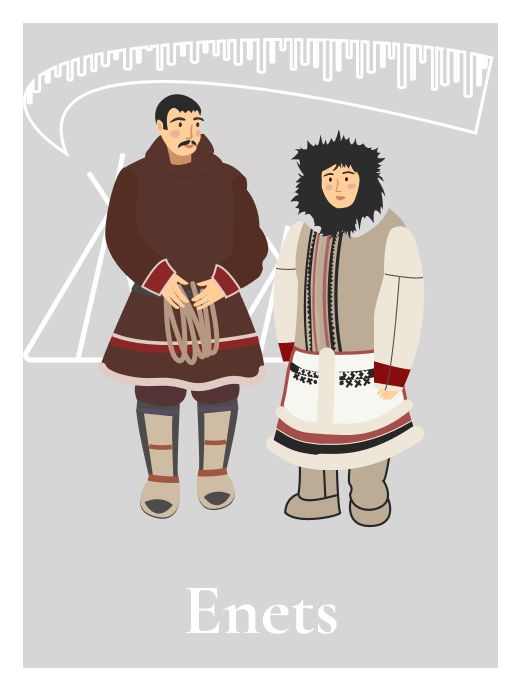
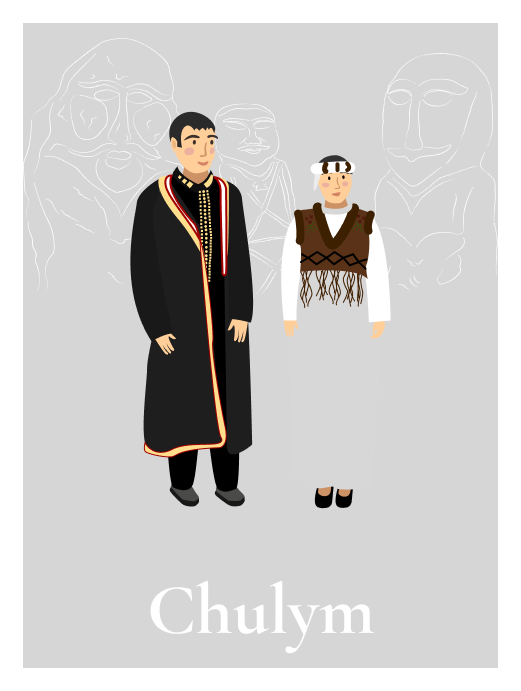
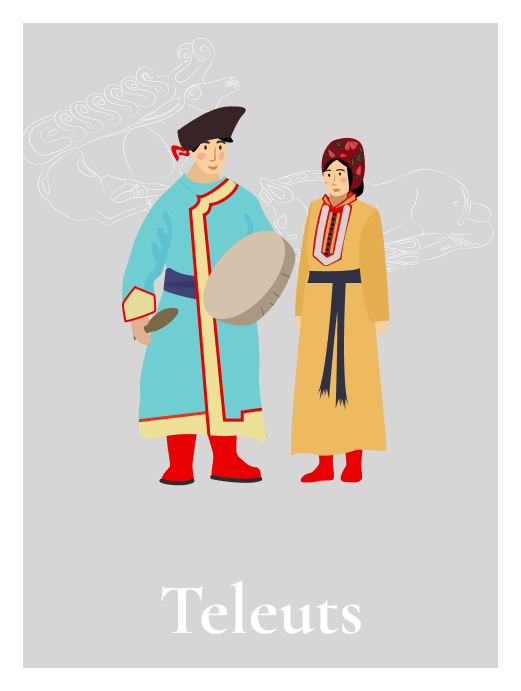
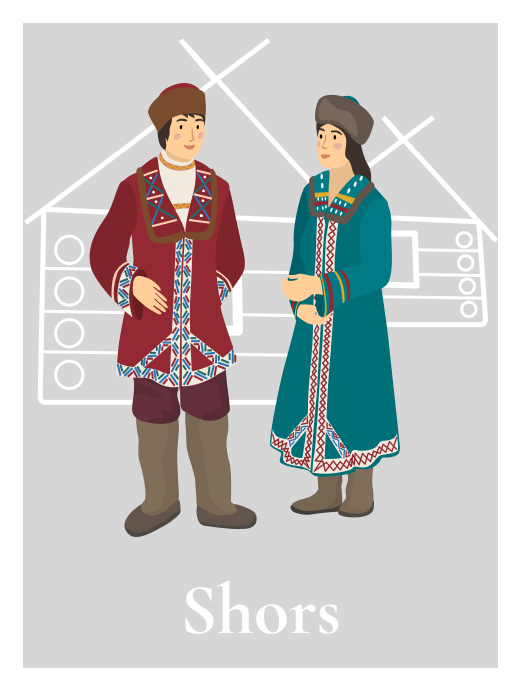
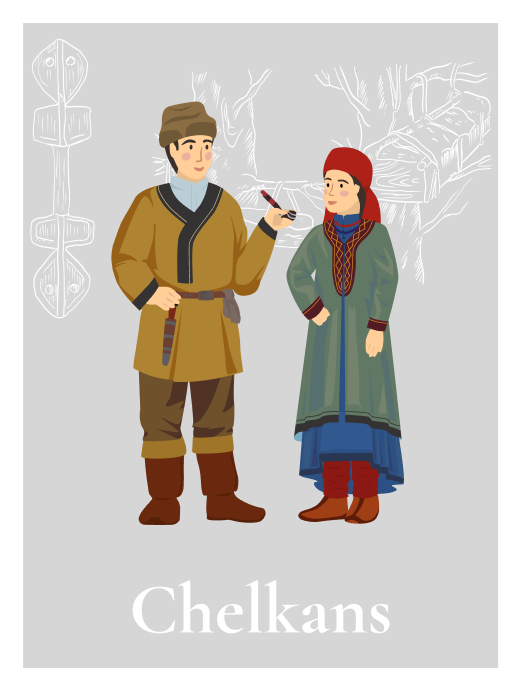
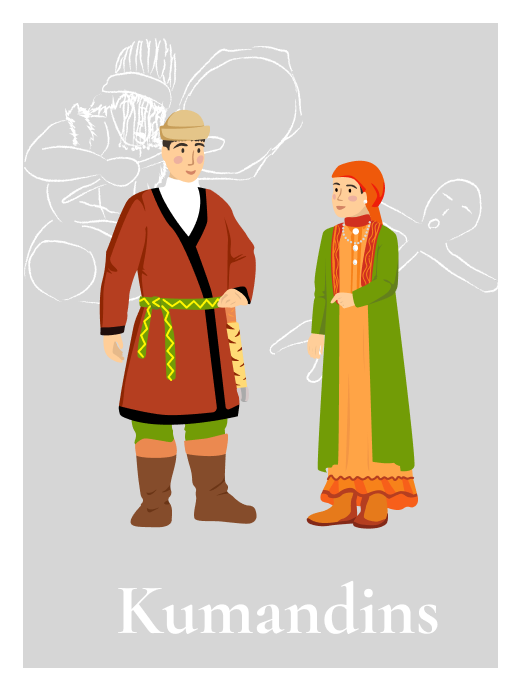

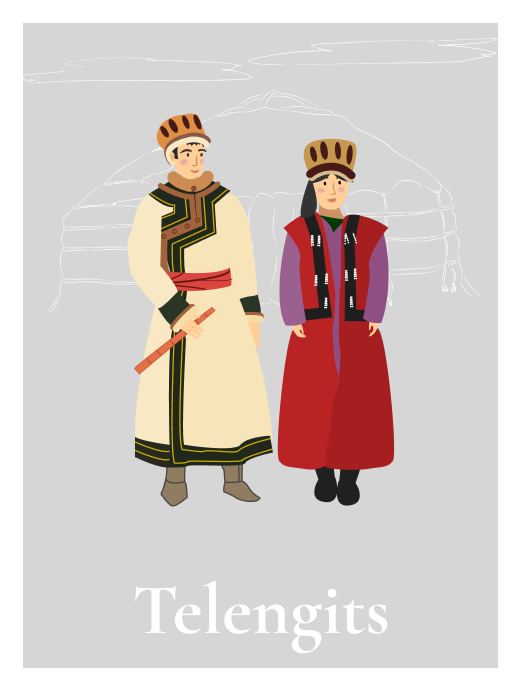
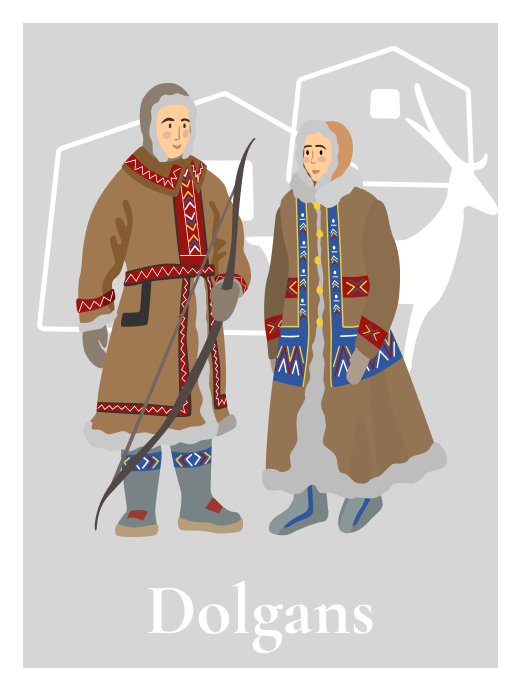

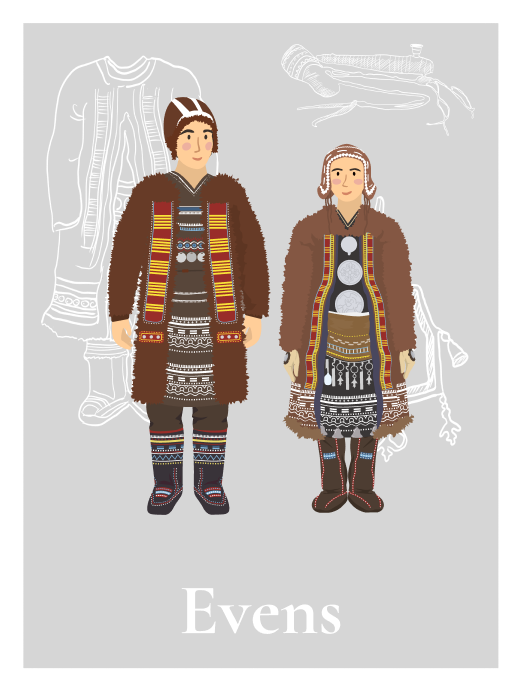
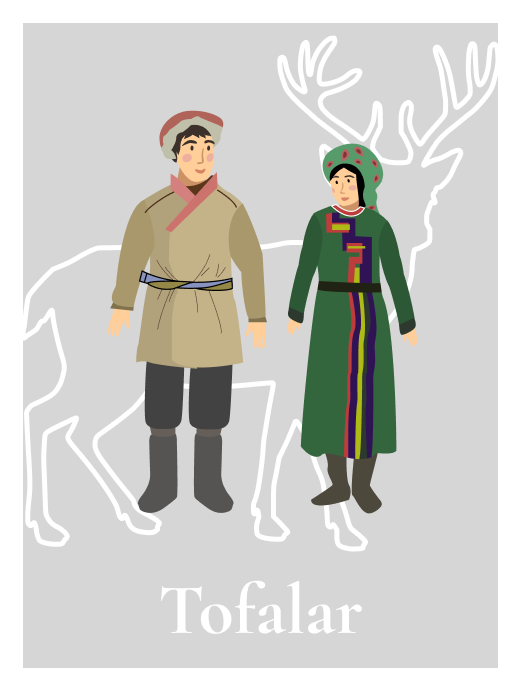
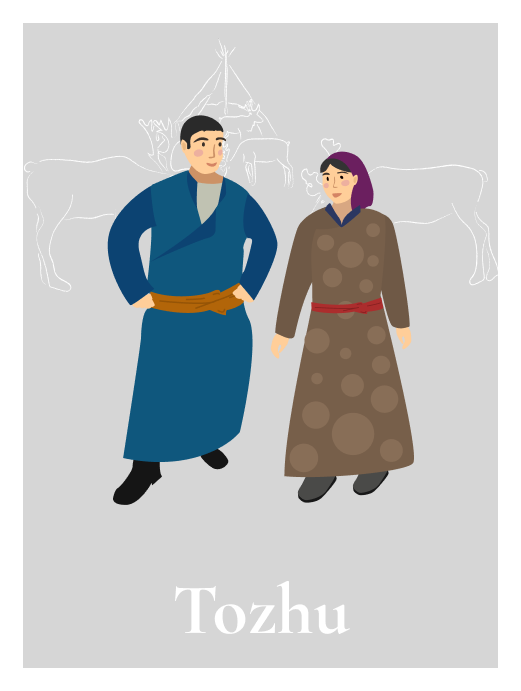

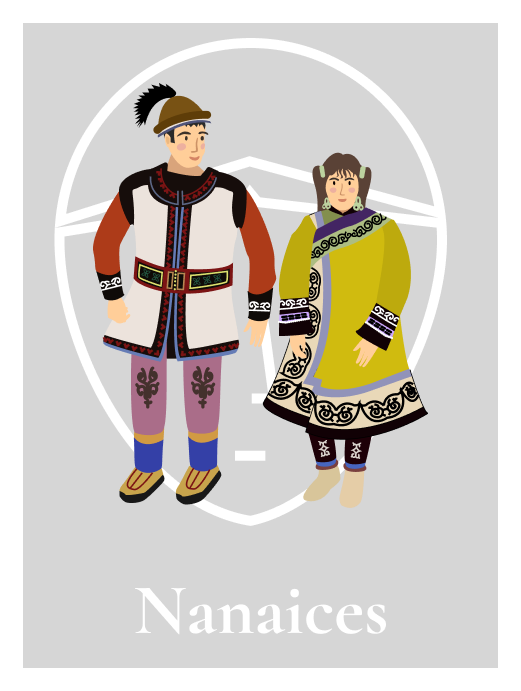
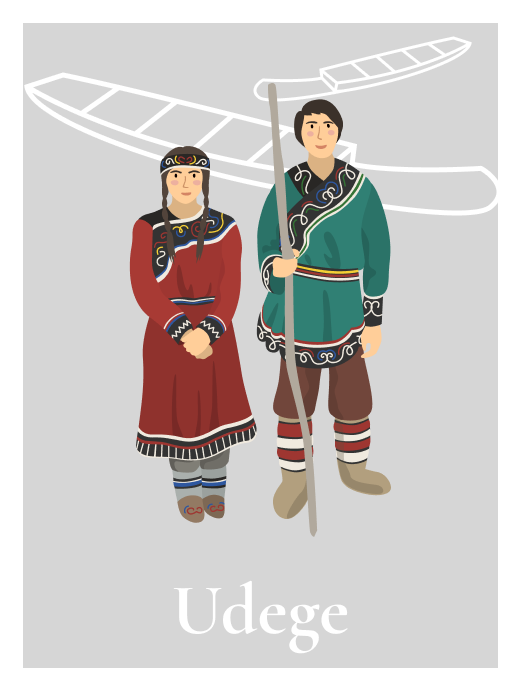
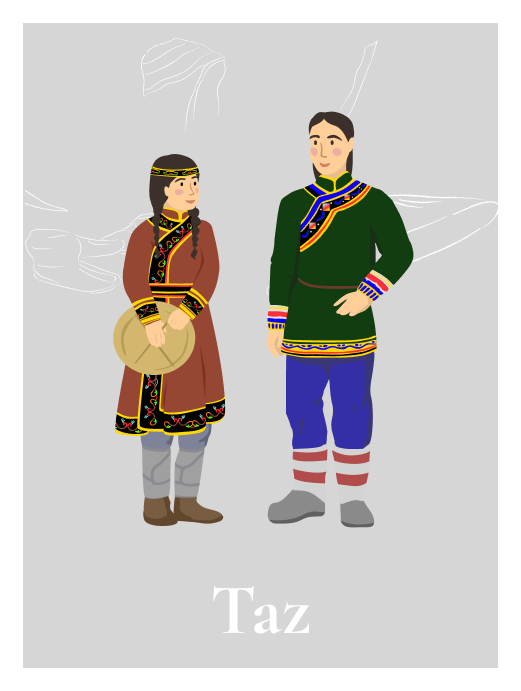


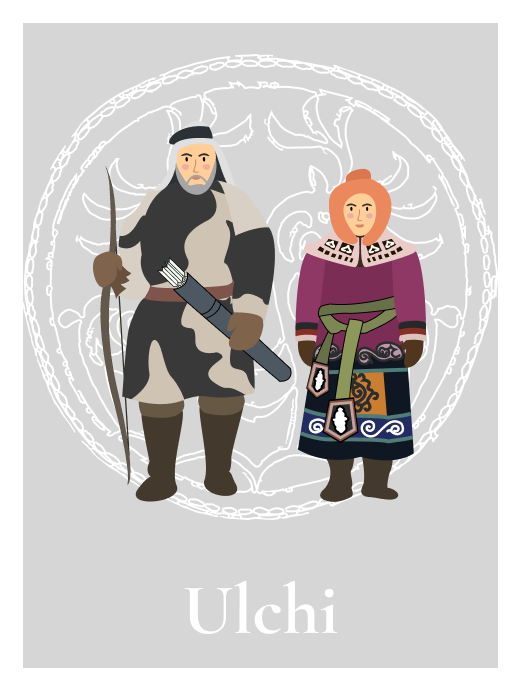

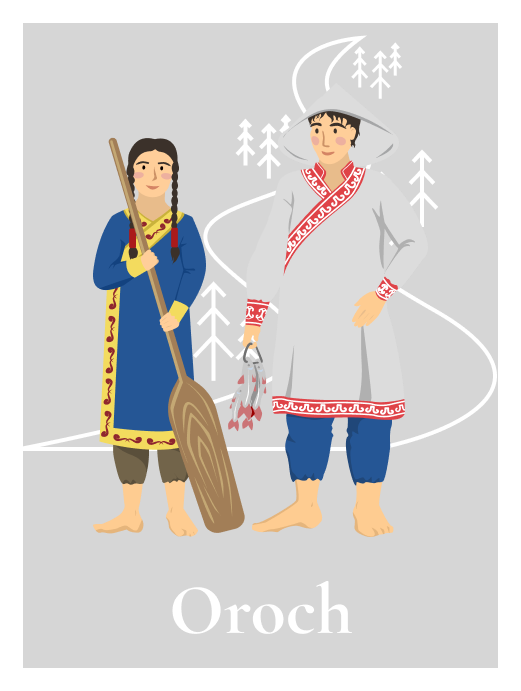
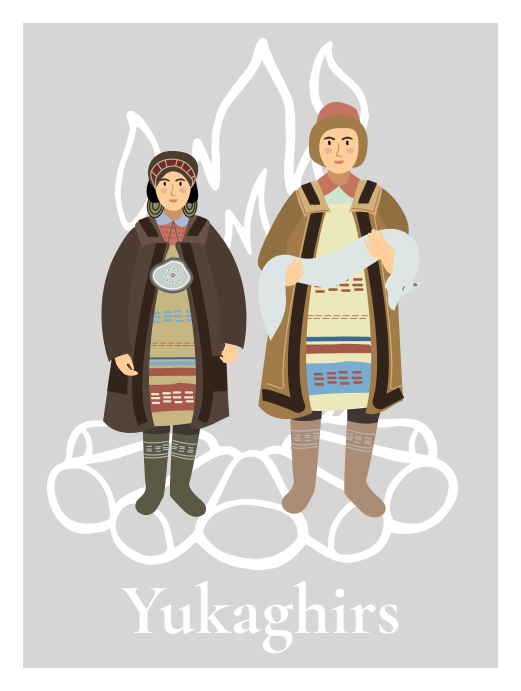
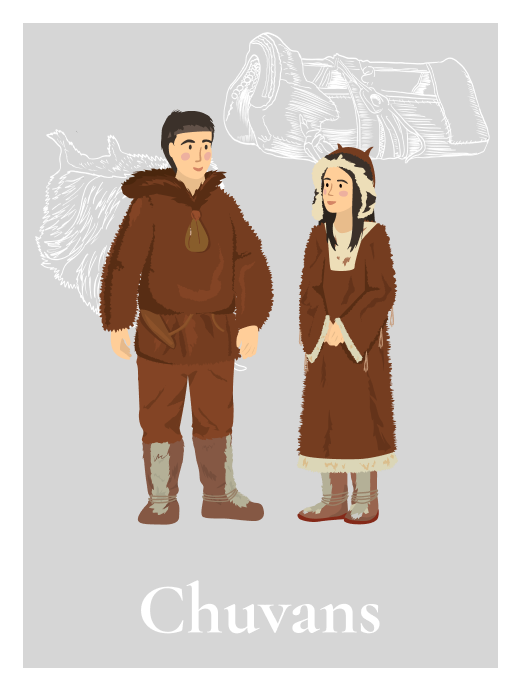

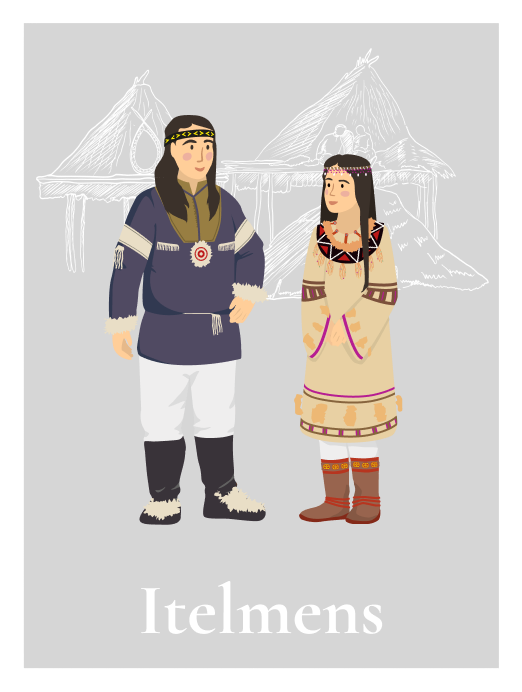
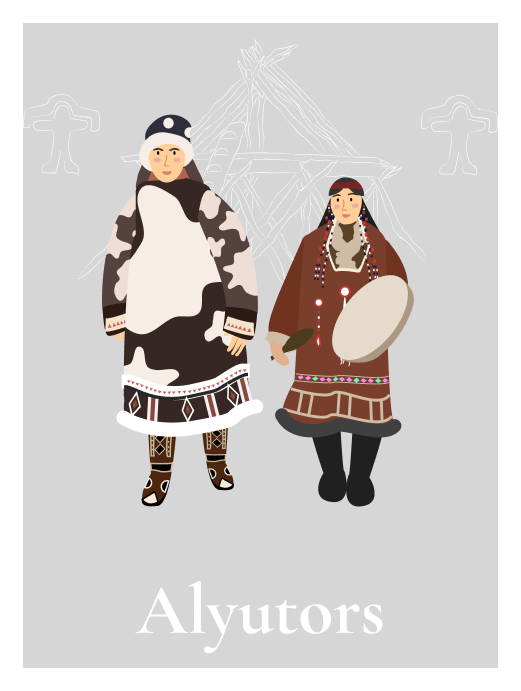
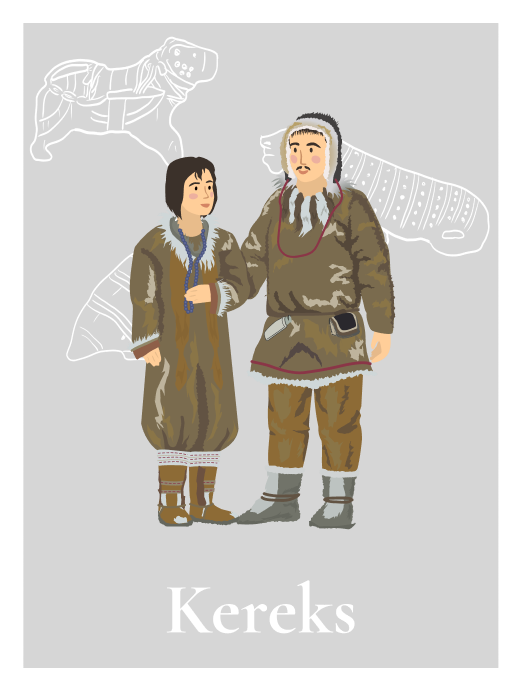


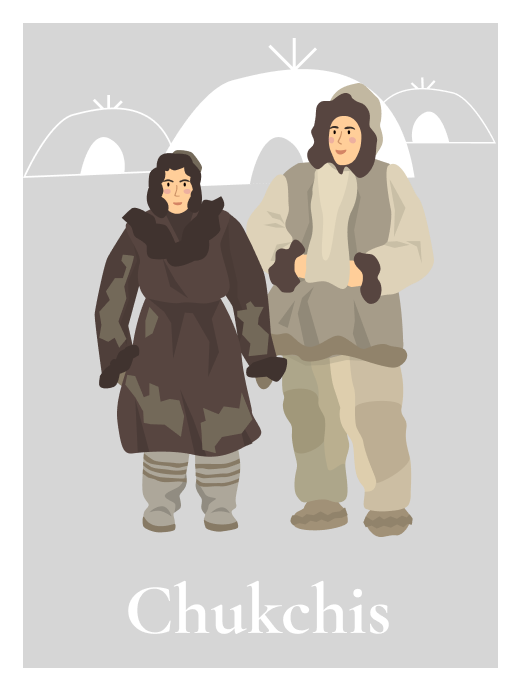
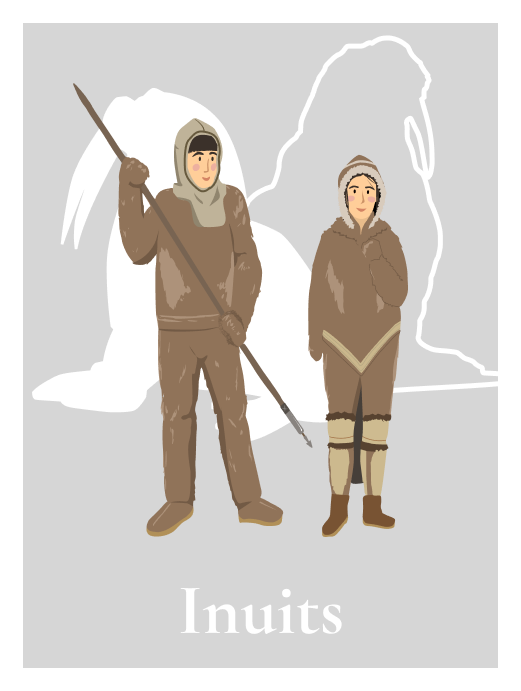
Selkups, a Samoyed people, is a small-numbered indigenous people of the North. They live primarily in the Tomsk region (mostly in the Verkhneketsky, Kargasok, Kolpashevo, and Parabel districts), the Yamal-Nenets autonomous area (mostly in the Krasnoselkup and Pur districts), and in the Krasnoyarsk territory (the Turukhansk district).
Selkups have several endonyms: Syolkup, Shyolkup, Shyoshkum, Sussse-Kum meaning “a person of the taiga” and Chumyl-Kup, “a person of the earth.” Southern Selkups also have such endonyms as Tyuykum and Paykum. Until the 1930s, Selkups were called Ostyaks, Samoyeds, or Ostyak Samoyeds. The ethnonym Selkup was introduced into Russian scholarship by the renowned linguist and ethnographer Georgy N. Prokofiev. It was derived from an endonym used by the Northern Selkups and immediately adopted by the Tazovsky and Turukhansk Selkups. Southern Selkups, on the other hand, had called themselves Ostyaks until the mid-1980s.
Today, Northern Selkups live in an area dominated by the oil and gas industry. The Pur district has been the trailblazer in developing the oil and gas sector in the Yamal-Nenets autonomous area. Exploration of the significant oil and gas deposits started in 1965 and determined the region’s future development. Exploration of the hydrocarbon deposits led to the building of new cities and villages, highways and railways, oil and gas pipelines, as well as large enterprises that use state-of-the-art technologies to process natural resources.
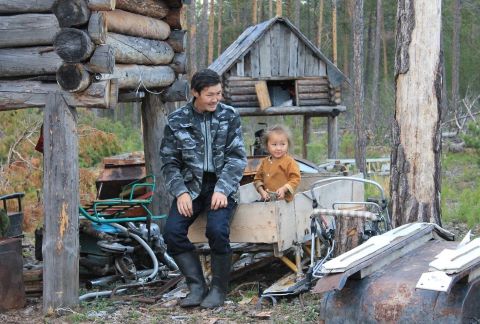
Selkups’ traditional worldview features several concepts of the universe. The vertical universe concept envisions a world that consists of three spheres: the sky, the earth, and the underground. These worlds are stacked vertically and called the upper, middle, and lower worlds. All three worlds were linked by the sacred tree (a birch tree or a larch) with its roots in the lower world. The trunk, therefore, represents the middle world, and its branches reach up into the sky.